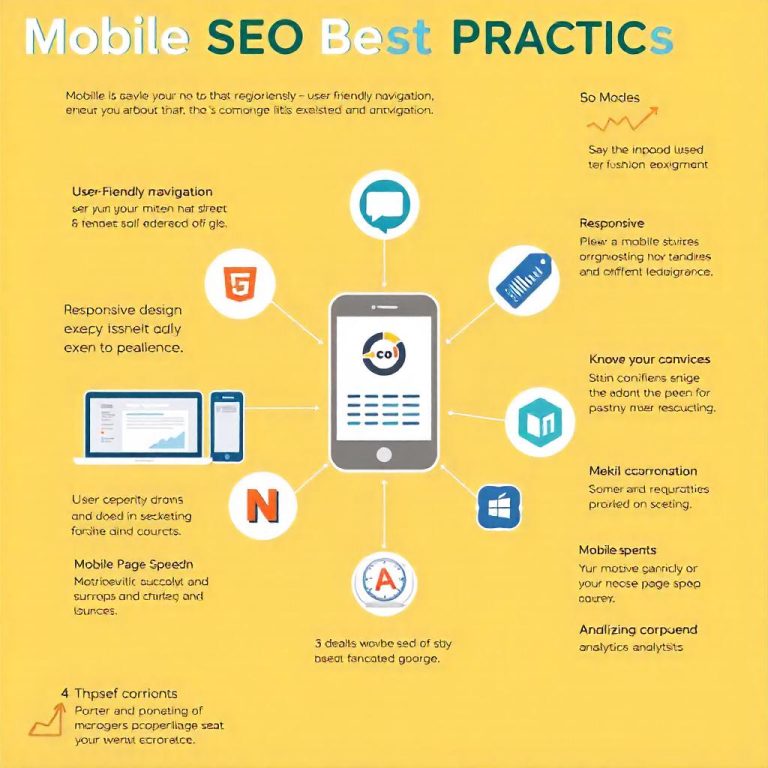What Is A Content Calendar
A content calendar is a strategic tool used by marketers, businesses, and content creators to plan, schedule, and organize their content across various platforms over a defined period. It provides a visual overview of what content will be published and when, helping to ensure a consistent and structured approach to content production, distribution, and engagement.
How to Make Money as a Fashion Affiliate Marketer
Key Components of a Content Calendar
A well-structured content calendar often includes the following elements:
- Content Type: Specifies the type of content to be created, such as blog posts, social media updates, emails, videos, or infographics.
- Topic or Theme: Defines the central idea, theme, or message of the content, aligning with business goals, trends, or seasonal events.
- Publishing Dates: Lists the dates and times when the content will go live on each platform, ensuring regular and consistent posting.
- Platform or Channel: Indicates where the content will be published, like social media (Facebook, Instagram, Twitter), blog, email newsletter, or YouTube.
- Target Audience: Identifies the audience segments for each piece of content to ensure relevance and engagement.
- Content Format: Specifies the format, such as an image, article, video, infographic, or interactive post.
- Responsible Team Members: Designates who is responsible for creating, editing, and publishing each piece of content, streamlining workflow and accountability.
- Performance Metrics: Some calendars track metrics (like views, likes, shares, or engagement rates) to evaluate the effectiveness of each piece of content.
Make Money in 7 Days as an Entertainment Blogger and Affiliate Marketer – The Easy Way!
Benefits of Using a Content Calendar
- Consistency: A calendar ensures content is posted regularly, helping build a loyal audience and improve brand recall.
- Strategic Planning: It allows teams to plan content around key events, holidays, and marketing campaigns, maximizing engagement and relevance.
- Efficiency: Organizing content in advance minimizes last-minute work, streamlines production, and aligns cross-functional teams.
- Content Diversity: By mapping out content types and platforms, calendars encourage a balanced mix of content that appeals to various segments.
- Improved Analysis: Calendars allow teams to analyze and refine content strategy over time, based on previous content’s performance.
Types of Content Calendars
- Social Media Content Calendar: Focuses specifically on planning and scheduling posts for social media platforms.
- Editorial Calendar: Primarily used for blog content, helping track topics, drafts, and publishing dates for articles.
- Marketing Campaign Calendar: Coordinates content across multiple channels as part of a larger campaign, integrating email, social media, and ad content.
Blog Writing & SEO Optimization Services
Tools for Creating a Content Calendar
Some popular tools for building and managing content calendars include:
- Google Calendar: Simple and free for quick scheduling and team sharing.
- Trello: Visual boards make it easy to organize content ideas, deadlines, and status.
- Asana: Project management features allow detailed task assignment and tracking.
- CoSchedule: Dedicated content calendar software for marketing teams.
- Hootsuite/Buffer: Social media tools that let you schedule posts across platforms with analytics support.
Boost Your Blog and Website with SEO – 50 Articles for Just $20!
A content calendar can transform a content strategy from a random series of posts to a cohesive, goal-oriented effort, ultimately enhancing engagement, consistency, and overall marketing success.







